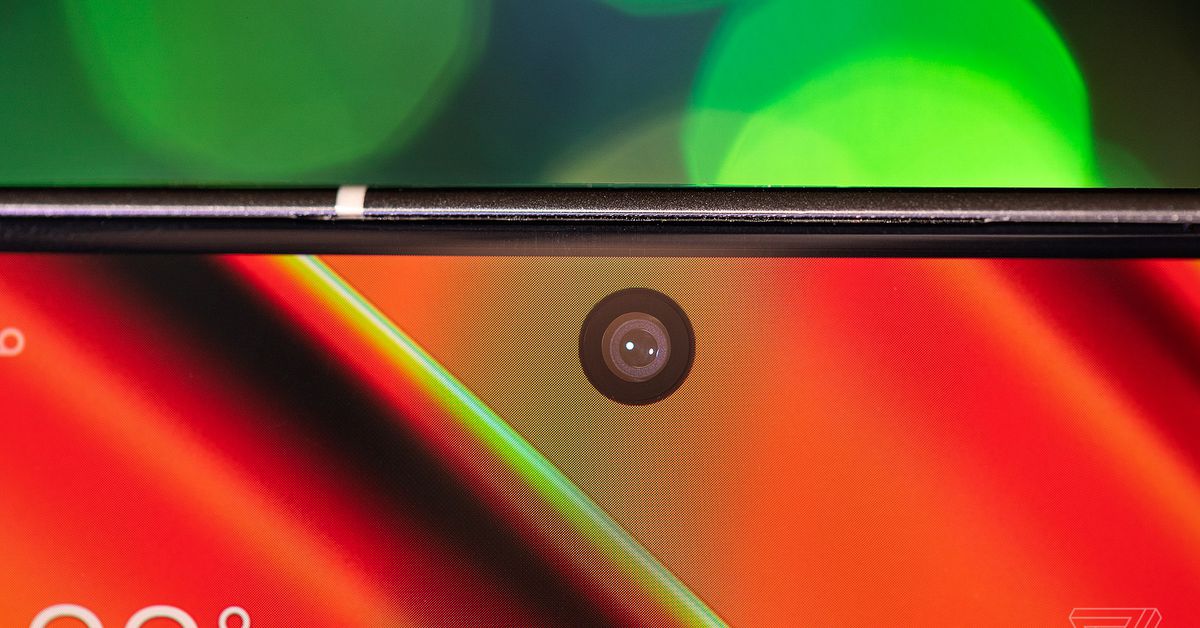Sensors Make Industrial Robots Smarter
Smart sensors are transforming industrial robots, expanding their capabilities and intelligence. Conventional industrial robots require large amounts of programming, regularly scheduled maintenance, and significant safety measures. But smart sensors for robots can allow them to detect their own maintenance...

Smart sensors are transforming industrial robots, expanding their capabilities and intelligence. Conventional industrial robots require large amounts of programming, regularly scheduled maintenance, and significant safety measures. But smart sensors for robots can allow them to detect their own maintenance needs, sense humans and objects around them, operate autonomously with minimal programming, and much more.
From predictive maintenance to computer vision, there are many exciting possibilities for industrial robots with smart sensors. What exactly can robots do with advanced sensors, and what are the benefits of adopting them?
Smart Sensors for Robots Improve Performance
Equipping industrial robots with sensors can improve performance through predictive maintenance and efficient operations. Humans recognize when they are ill or injured — robots can do the same when they have suitable smart sensors. This process is known as predictive or preventive maintenance.
Predictive Maintenance
Connected IoT sensors are the best option for enabling predictive maintenance in industrial robots. They can autonomously report live performance data to a robot management system, where it can be analyzed and monitored. IoT sensors use a five-layer architecture that records sensor data, transmits it between devices, processes it through the cloud, and relays it to platforms where people can view and monitor the data in real-time.
When performance metrics stray outside a specified range, the smart sensor will activate an alert indicating the robot needs a maintenance check-up. This process can prevent major part failures, saving time and money an organization would have spent on expensive repairs. Plus, it allows robot technicians to use their time more efficiently, only performing check-ups when a robot needs one.
For example, a pick-and-place robot might have an IoT smart sensor installed to monitor the robot’s pick rate. Ideally, the robot would pick up items and deposit them into packaging at a reasonably consistent pace. If the robot began sorting fewer items per minute, it could indicate the start of a serious mechanical issue.
An IoT sensor gives the robot the intelligence to notice when something seems amiss. Performance issues may be due to simple things like a part that needs oil or a robot that needs a calibration tune-up. If the cause is a severe mechanical failure or a software malfunction, catching it early can significantly affect the cost, work needs, and overall productivity.
In fact, predictive maintenance with smart sensors was a key reason why some manufacturers could bounce back from the pandemic quicker than others. By identifying problems sooner, manufacturers that used predictive maintenance were able to minimize their downtime as much as possible. As a result, they lessened the negative impact of uncontrollable factors like supply shortages or shipping delays.
Power and Fuel Efficiency
In addition to predictive maintenance, smart sensors for robots can also minimize power and fuel consumption. IoT sensors allow industrial businesses to monitor how much power or fuel their robots use. This can highlight which robots are the least energy efficient.
Additionally, smart sensors can allow robots to manage their power consumption intelligently. With the help of an AI algorithm, industrial robots can use smart sensors to distribute power efficiently throughout their systems as needed. By optimizing power consumption, industrial robots can minimize electricity or fuel usage, resulting in lower operating costs.
Sensors Simplify Programming and Deployment
Smart sensors for industrial robots can make programming and deployment more efficient. Some robots are, by nature, easier to implement than others. For example, the greater maneuverability of 7-axis robots allows for much more flexibility in the design and deployment stages compared to robots with fewer axes of motion. Sensors can increase implementation efficiency even further.
Motion mapping is one of the most tedious parts of preparing and deploying a new industrial robot. Programming every motion needed can be time-consuming and results in a robot being limited to a small set of movements. Things get even more complicated when a robot needs to pick something up with an end effector.
Sensors streamline all this programming by allowing the robot to detect things independently. Force or torque sensors are great examples of this. Without a force sensor, a mechanical gripper or other — an end-effector would need exact movement measurements pre-programmed — such as the specific number of millimeters to open and close.
A force sensor acts as a shortcut around this. It allows the robot to simply tell when it has applied enough force to pick up an object without damaging it. Not only does this simplify the robot’s programming needs, but it also allows the robot to handle more delicate objects.
Proximity sensors are also invaluable. Many industrial robots must be in safety enclosures to prevent a passing employee from accidentally being hit. With proximity sensors, industrial robots can detect when something is nearby, whether that be a wall, a piece of equipment, or a person. This improves workplace safety in addition to making robots more efficient to deploy.
Proximity sensors can reduce the amount of programming needed for a robot. Rather than programming how far to travel, proximity sensors tell it to stop or when it’s too close to something.
Sensors Expand the Capabilities of Industrial Robots
Industrial robots were typically limited to performing a single programmed task in the past. With the help of smart sensors, they can do new jobs and operate more flexibly. New technologies like AI computer vision have significantly expanded what industrial robots can do, adding tasks previously only possible for humans.
Autonomous Navigation
Smart sensors for robots aren’t just helpful for pick-and-place applications. They’re also transforming the way mobile industrial robots operate. RFID tags, proximity sensors, and infrared sensors are becoming increasingly common in warehouses, where they help mobile robots autonomously navigate around facilities.
Before, a robot would need to run on a track or have a route carefully programmed to move around. This can be especially dangerous in warehouses and industrial spaces where the robot could accidentally run into a passing employee.
With sensors, the robot has “eyes” that allow it to navigate and avoid running into things and people. RFID tags help the robot orient itself, while infrared and proximity sensors tell it what its surroundings are. IoT sensors can even monitor where autonomous robots are around a facility remotely.
Smart sensors can make industrial robots safer for employees to work around in addition to enabling autonomous navigation. By giving industrial robots sensors that help them work better with humans, they become collaborative robots, or “cobots.” One of the top benefits of collaborative robots is improved safety thanks to their smart sensors.
Computer Vision
Computer vision involves turning a camera into a sensor for a robot using an AI algorithm. The camera becomes the robot’s eyes. Footage from the camera is processed in real-time by an AI algorithm trained to recognize specific images. Depending on what the algorithm detects in the camera footage, the algorithm will give the robot a command. This effectively allows the robot to sense its surroundings as a human would.
A great example of this is the use of an AI camera sensor on an industrial robot that sorts plastic waste at Evergreen, a PET recycling facility. Thanks to the smart camera sensor and AI algorithm, Evergreen was able to increase their plastic bottle pick rates by 200% and remove up to 90% of contamination on the bottles.
Computer vision can also allow industrial robots to perform autonomous quality control. QC is one of the most critical parts of the manufacturing process, but it can be time-consuming. Industrial robots with smart cameras can rapidly detect defects using computer vision, often with greater accuracy than a human quality control specialist.
Innovating With Smart Sensors for Robots
Smart sensors can expand the capabilities of industrial robots, making them smarter, better optimized, and safer for employees. Sensors within the robot can enable a predictive maintenance schedule, which can reduce repair costs and improve robotic equipment’s performance and life span.
External sensors can help industrial robots detect their surroundings and navigate safely and autonomously, opening up countless automation possibilities. AI-powered smart sensors can even mimic human senses, allowing robots to perform complex tasks like quality control. Adopting smart sensors in industrial robots not only makes the robots smarter but also transforms industrial operations for maximum efficiency and productivity.
Featured Image Credit: Natalia Dziubek; Unsplash; Thank you!
Emily Newton
Emily Newton is a technical and industrial journalist. She regularly covers stories about how technology is changing the industrial sector.

 Konoly
Konoly 
































